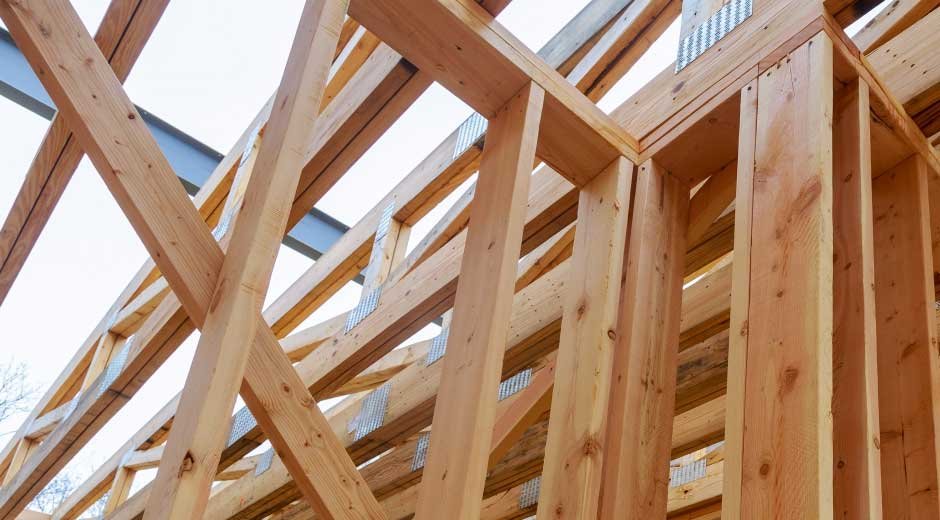Wood framing is one of the most common methods used in construction. It is often chosen for its strength, affordability, and versatility. This guide will help you understand wood framing, the types of wood used, and how it is used in building homes and other structures.
Whether you are building a new home or just interested in construction, wood framing is an essential part of the process. Keep reading to uncover all the details.
Contents
What is Wood Framing?
Wood framing is a technique used to create the skeleton or structure of a building. It involves using wooden beams, studs, and other materials to form the walls, floors, and roof of a building. The wood is carefully cut and arranged to create a strong and stable framework for the rest of the building.
Types of Wood Used in Framing
The type of wood used in framing plays a big role in the strength and durability of the structure. Common types of wood used in framing include softwoods like pine, spruce, and fir. These woods are strong and lightweight, making them ideal for use in construction.
Wood Framing in Modular Homes
Wood framing is often used in modular homes, which are homes built off-site and then transported to the location where they will be placed. These homes are built in sections, and the wood framing helps create a strong, durable structure. Wood Frame Modular Systems are often used in these homes because they provide flexibility and ease of assembly.
Wood Framed Modular Units are becoming more popular as people look for affordable housing options. These homes are quicker to build and can be customized to fit the needs of the homeowner. During the framing process, strapping wood is often used to reinforce the structure and ensure stability by securing the walls and roof together.
How Wood Framing is Done?
The process of wood framing begins with the foundation of the building. After the foundation is set, the framing team will begin building the walls, floors, and roof. The wood is cut to the required sizes and then assembled on-site. The walls are typically built using vertical studs that are spaced evenly apart.
Once the walls are in place, the framing team will build the floors and roof. The floor joists are placed across the foundation, and the roof trusses are set up to create the roof structure. After all the framing is in place, the structure is ready for the next steps in construction, such as installing windows, doors, and siding.
Advantages of Wood Framing
Wood framing offers many advantages. One of the biggest benefits is that it is cost-effective. Wood is an affordable building material, and wood framing is easier to work with compared to other materials like steel or concrete. Wood framing also provides good insulation, keeping houses cool in the summer and warm in the winter.
The Strength and Versatility of Wood Framing in Construction
Wood framing is an important part of the construction process. It provides a strong, durable foundation for buildings and homes. Whether you are building a traditional home or using Wood Frame Modular Systems, wood framing is a versatile and affordable option.
By understanding how wood framing works, you can better appreciate the role it plays in creating stable, long-lasting structures. Expand your knowledge and check out more posts on our blog!








